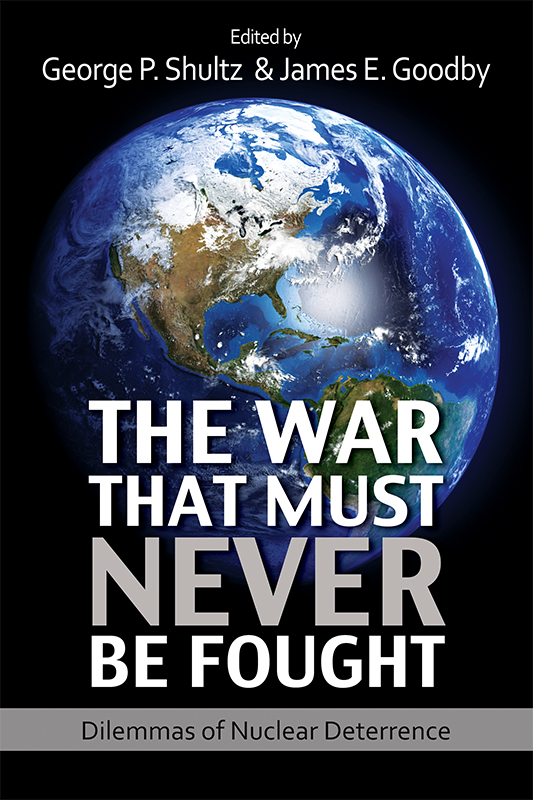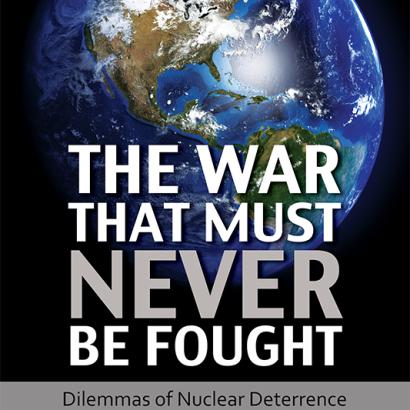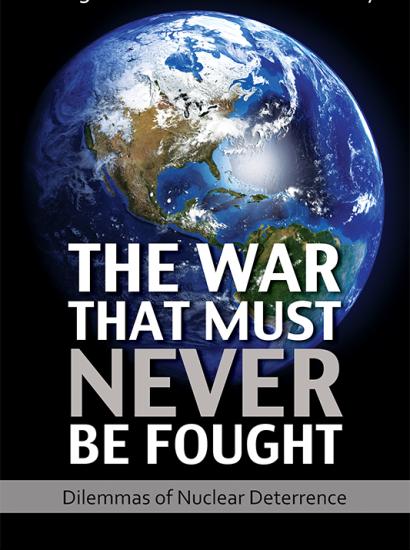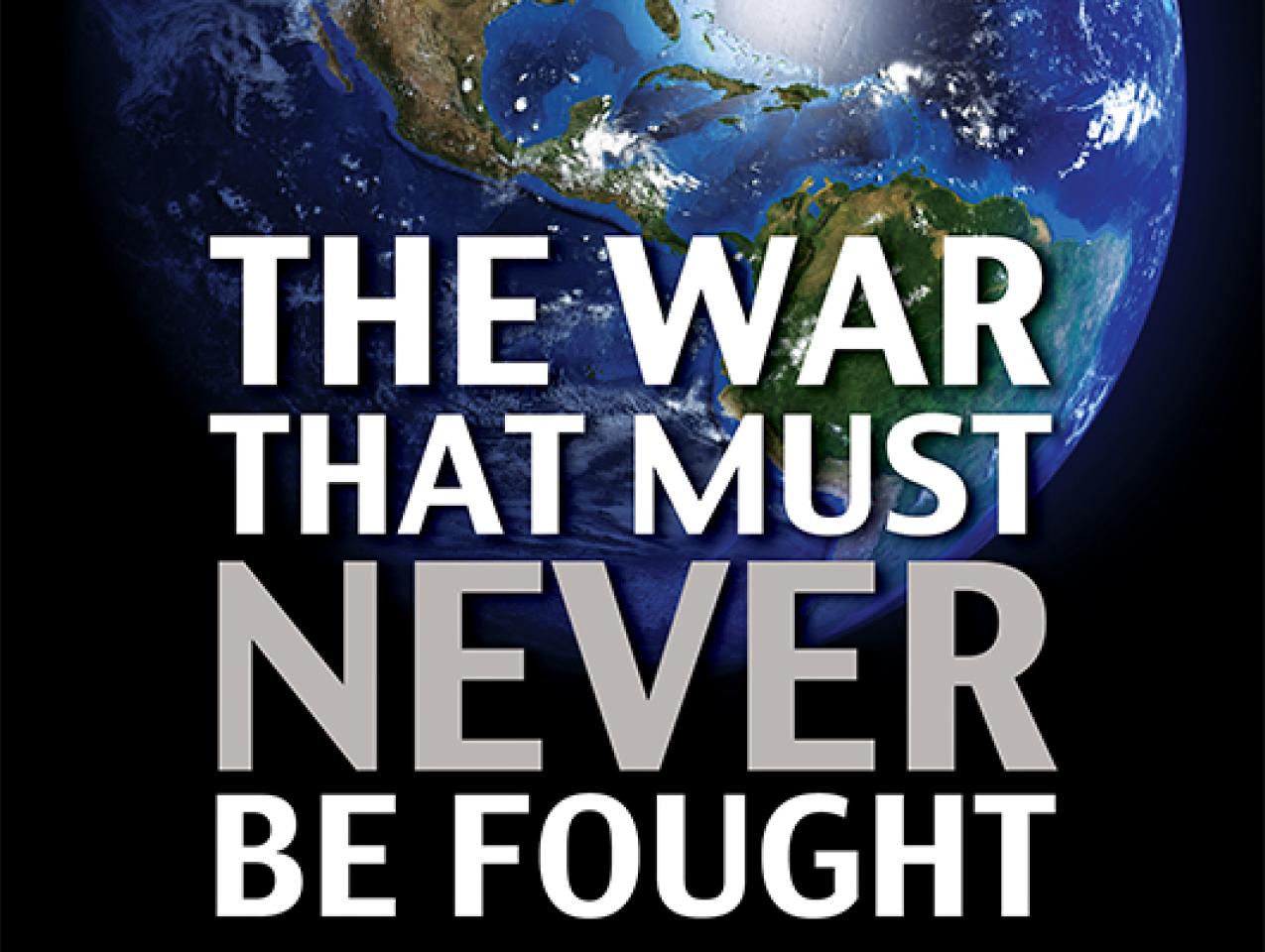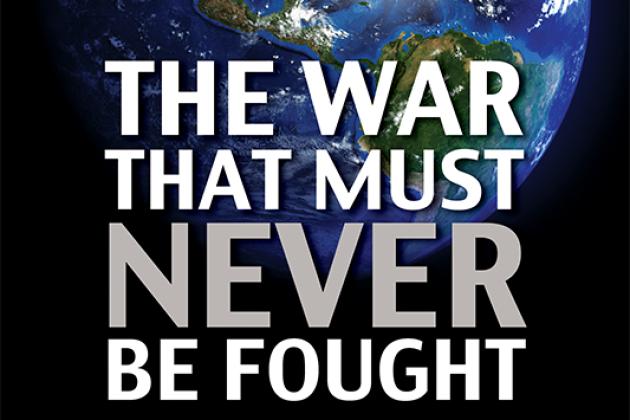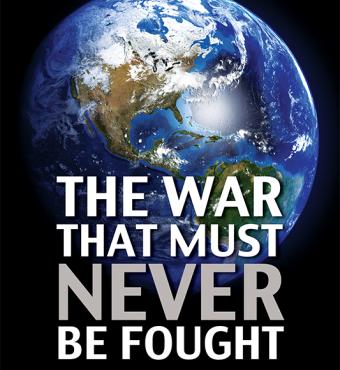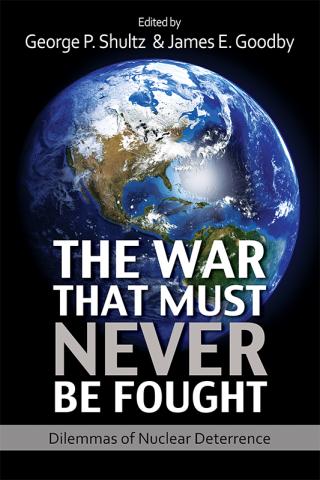A US government study recently concluded that a 10-kiloton nuclear bomb detonated by terrorists a few blocks north of the White House would kill 45,000 people and leave 323,000 wounded. That bomb would be less powerful than most tactical nuclear weapons (TNW) now sitting in European storage bunkers. What is even more alarming: TNW are smaller and more portable, making them inviting targets for terrorists.
TNW were originally deployed by NATO and Russia during the Cold War to reduce risks—in this case, a war on the European continent. There has never been much transparency or regulation associated with these deployments. Neither NATO nor Russia provides information on their number or location throughout Europe. So NATO and Russian publics have little information with which to assess the risks or benefits associated with their continued deployment.
Before the current crisis in Euro-Atlantic security centered in and around Ukraine, a discussion had been building—both inside and outside of NATO—as to whether maintaining current deployments of TNW in Europe was still in NATO’s interest, two decades after the collapse of the Soviet Union.
In April 2010, General James E. Cartwright, who at the time was vice chairman of the US Joint Chiefs of Staff, made clear his view that these weapons do not serve a military function not already addressed by allied strategic and conventional forces. And if TNW have virtually no military utility, it is hard to argue they have any real value as a deterrent or political symbol of North Atlantic Alliance resolve. Taking note of Cartwright’s view, former senator Sam Nunn wrote in 2011 that, given new threats to global security, TNW are more of a security risk than an asset to both NATO and Russia. They are dangerously corroding the system they were initially designed to strengthen.
Even before the collapse of the government in Kiev in February 2014 and Russia’s intervention in Ukraine, the debate among NATO members on the future of these weapons demonstrated how difficult it is to find consensus on issues relating to nuclear policy, nonproliferation, and disarmament within the Alliance. At the 2010 Lisbon and 2012 Chicago summits, NATO members were unable to develop a clear strategy to change the status quo on NATO nuclear policy—or to synchronize that policy with NATO’s policy toward Russia and the Alliance’s commitment to create conditions for a world without nuclear weapons. Despite several years of debate among NATO members and discussions with Russia, policymakers in Washington, Brussels, and Moscow failed to develop a clear strategy or process for reducing the systemic risks associated with TNW in European security and for seriously evaluating the costs and benefits associated with maintaining the status quo.
Today, the debate about NATO nuclear policy and posture has been subsumed and made more difficult by the crisis in Ukraine and the resulting rupture in relations between Russia, on the one hand, and the United States, NATO, and the European Union, on the other. Washington’s recent determination that Russia has violated the Intermediate-Range Nuclear Forces (INF) Treaty underscores what was already a grim outlook for security policy and arms control in Europe. An increased effort by the United States and NATO to reassure its Allies, strengthen its defense capabilities, and deter Russian political, economic, or military aggression against NATO member states is now underway. This effort is likely to require substantially more in the way of resources from Washington and its Allies.
However, NATO still has security and budgetary incentives to implement reassurance and defense policies in ways that seek to preserve existing areas of cooperation with Russia and leave open pathways for rebuilding trust. New NATO requirements relating to conventional reassurance and defense could be the catalyst to a change in NATO’s nuclear posture over the next few years so that it is more credible, safer, and more affordable. A substantial portion of the savings could be devoted to sustaining and expanding NATO’s reassurance initiatives.
Since the end of the Cold War, the role of nuclear weapons in NATO security policy has steadily been reduced, both operationally and politically. NATO’s strategy, while remaining one of war prevention, is no longer dominated by the possibility of escalation involving nuclear weapons, as was the case during much of the Cold War when there were thousands of these weapons deployed by both sides in Europe. Moreover, today the US forward-deployed TNW in Europe are no longer targeted against any country and readiness is now described in terms of months, versus hours or days.
While NATO as an international organization does not possess nuclear weapons, its claim to be a nuclear alliance is based on the willingness of its nuclear-armed members to make their own weapons available to NATO for deterrence and defense. All of the United Kingdom’s submarine-based nuclear weapons are formally assigned to NATO, except where the UK may decide that its supreme national interests are at stake. France’s nuclear weapons, while not assigned to NATO, “contribute to the overall deterrence and security of the Allies.” (France is not a member of NATO’s nuclear structure.) While there is no formal consensus on the extent to which US nuclear forces are assigned to NATO, America’s TNW are often assumed to be; they have remained deployed in Europe under nuclear sharing arrangements with NATO members for decades.
The number of US weapons in Europe has declined significantly since a peak of approximately eight thousand during the Cold War, reflecting the elimination of a large-scale conventional threat to NATO and the reshaping of the European security environment in the late 1980s and 1990s. Data from various non-governmental sources indicate that the United States currently deploys somewhere between 150 and 240 air-delivered nuclear weapons (B61 gravity bombs) that are deliverable by NATO aircraft (F-15s, F-16s, and Tornados) at six air force bases in five countries. Through a series of Presidential Nuclear Initiatives, the United States and Russia retired or destroyed thousands of TNW designed for European missions. That said, Russia still retains a significant number of TNW in its inventory, with estimates ranging somewhere around two thousand weapons in its active stockpile.
The current nuclear weapons-sharing arrangements within NATO consist of sets of US B61 nuclear gravity bombs housed in sites within NATO host countries. These weapons are “dual key” systems which require the authorization of both the United States and the host country in order to be used. The gravity bombs are kept under US military control, but the “dual-capable aircraft” (DCA) used to deliver them are purchased, maintained, and flown by each host country’s air force as part of the burden-sharing arrangement.
Historically, “nuclear sharing” has played a key role in reassurance of NATO allies—a highly visible manifestation of the US commitment to the defense of NATO. During much of the Cold War, the United States deployed thousands of TNW on the territory of its European NATO allies. The purpose of these deployments, under the broad rubric of extended deterrence, was to underscore the political link between the United States and Europe and provide a military capability to deter and, if necessary, defeat numerically superior Soviet and Warsaw Pact tank armies poised to invade NATO through Germany. NATO’s first Strategic Concept of 1949 called for insuring “the ability to carry out strategic bombing including the prompt delivery of the atomic bomb.” The United States provided the same nuclear protection to its principal Asian allies, assuring these nations of the US commitment to their security.
The United States and NATO continue to maintain a “neither confirm nor deny” policy on the presence or absence of nuclear weapons at any NATO installation or in any specific country. Moreover, NATO continues to underscore the principle of nuclear burden-sharing, both through the deployment of US nuclear weapons in a number of NATO states and by agreement that, in the event of war, some of these weapons would be transferred to allied forces and delivered by allied aircraft. NATO members have also reaffirmed its nuclear declaratory policy of not ruling out the first use of nuclear weapons.
Editor's note: This essay is part of a series of pieces about nuclear deterrence that Defining Ideas will be publishing in the weeks ahead. All of the essays are and will be from the new Hoover Press book, The War That Must Never Be Fought. To continue reading this essay, click here.







